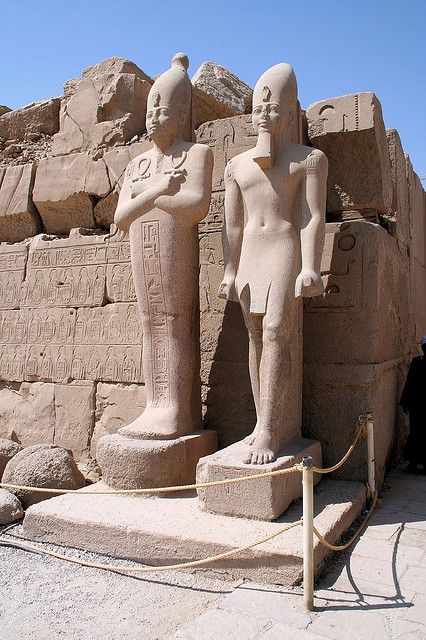Egypt came first, then history and civilization came. Egypt has one of the world's seven wonders of the pyramids. The Virgin Mary came to protect herself and her son. Egypt is the safest destination for tourism. My goal is to help foreigners learn my country’s history, come to Egypt, whatever your budget, and I will be your guide at no additional cost to you. booking with us. The goal is to service booking tours to Egypt. the best Nile cruise in Egypt. https://kingofegypttours.com
Saturday, 24 October 2020
Statuette of God Ptah.
Bronze statuette of Ptah standing and holding Was sceptre. The eyes still contain traces of gold plating that gives him an intense expression. Ptah is the chief god of Memphis, patron of artists and craftsmen.
Late Period, ca. 664-332 BC. Now in the Royal Museum of Mariemont.
Model Ship with Figurine in a Fetal Position.
Belief in a physical afterlife endured for thousands of years. An early example from prehistoric Egypt, is a ceramic model of a boat with a man in a fetal position, sailing to the afterlife where he will be reborn.
Prehistoric Period, Naqada III, ca. 3500-3100 BC. Pottery, from Asyut. Now in the Rijksmuseum van Oudheden, Leiden.
Ring Decorated with a Scarab.
This gold finger ring has a scarab shaped bezel that can swivel. The inscription reads: ‘May you become a praised one, enduring in the temples.’
The New Kingdom, 19th Dynasty or later, ca. 1292 BC or later. Now in the Rijksmuseum van Oudheden, Leiden.
GOOD MORNING FROM EGYPT EGYPT READY NOW مصر مستنياك
GOOD MORNING FROM EGYPT EGYPT READY NOW مصر مستنياك http://kingofegypttours.com/ Egipto te espera http://kingofegypttours.com/ Egypt is wa...

-
Cairo is fan-shaped, narrowest in the south, where the river valley is wedged between desert escarpments, and widest in the north, where t...
-
Abu Simbel, the site of the two temples built by the Egyptian king Ramses II (reigned 1279-13 BC), which is now located in Aswan Govern...
-
GOOD MORNING FROM EGYPT EGYPT READY NOW مصر مستنياك http://kingofegypttours.com/ Egipto te espera http://kingofegypttours.com/ Egypt is wa...














